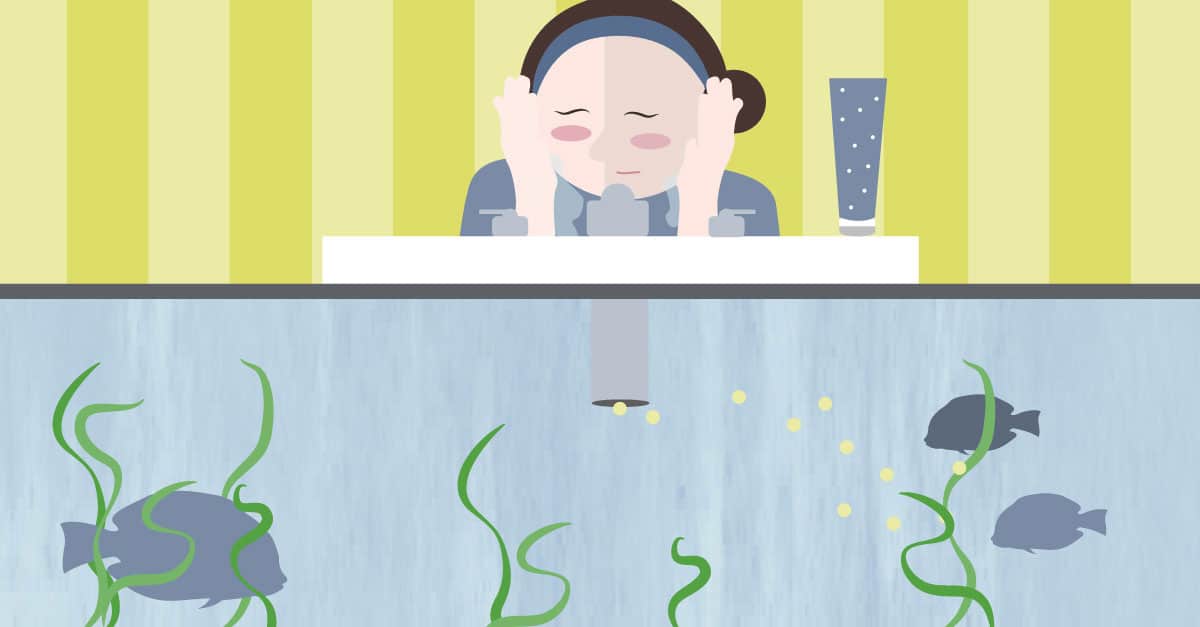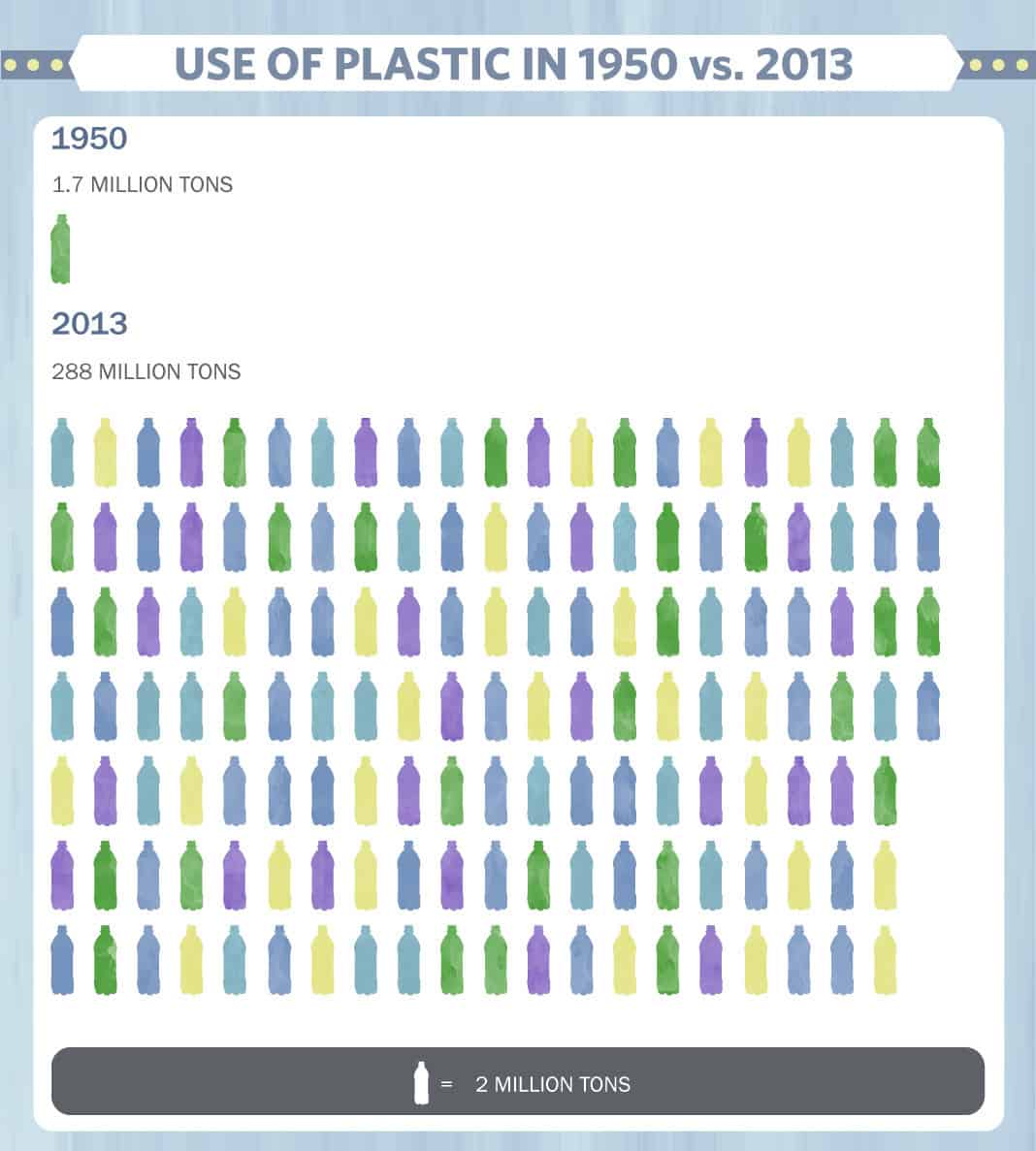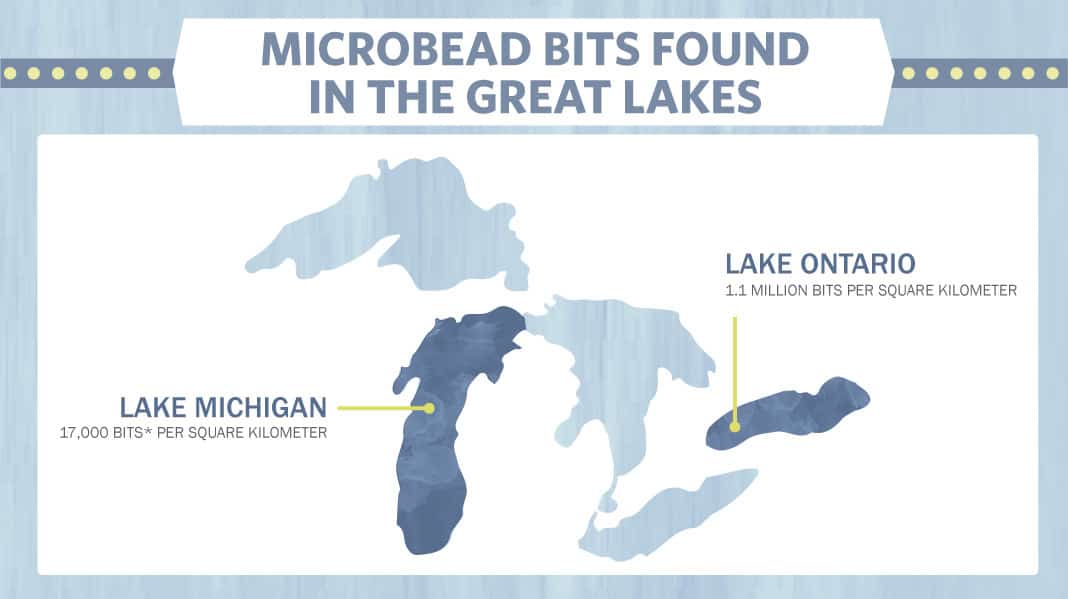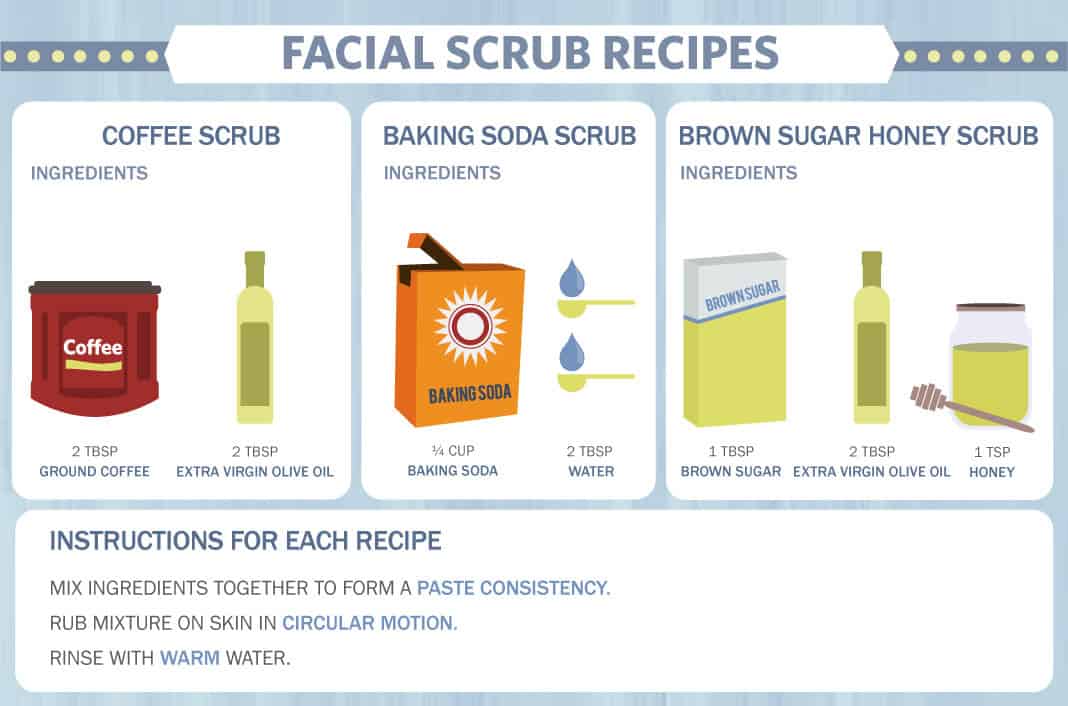Switch up your beauty routine to save your skin and the environment
Go to any beauty guru for advice on youthful, glowing skin, and he or she will tell you to exfoliate twice a week. Using an exfoliating face scrub not only removes dead, dull-looking skin cells, but it helps to reduce fine lines and skin damage, and generally improves your skin tone.
As you’ll notice, a lot of the exfoliants available in stores are made with microbeads–small, plastic rounds no bigger than 5 millimeters in diameter. Personal care products boast the beads are an agent for cleaner, smoother skin, which makes the product more appealing to a consumer.
Microbeads were initially meant to offer relief from rough-textured pumice, another common ingredient used to clean skin. But recently, microbeads have been painted in a more harmful than helpful light. Scrubbing your face too roughly with them can tear your skin, leading to infection, and the tiny scrubbers can pollute our oceans.
That doesn’t mean you should stop exfoliating altogether. It just means learning how to practice safe skin care in order to benefit both your skin and the environment.
Plastic Problems
A study published in the journal Environmental Science and Technology found that plastic use has grown from 1.7 million tons in 1950 to 288 million tons in 2013. Plastic is widely used in product packaging, cars, toys, and appliances. It’s also what microbeads are made of.
These plastic cleaning agents, which can make up to 10 percent of cosmetic products, slip through most water treatment systems once they’re washed down the drain, NPR reported. And when Sherri Mason, an associate chemistry professor at the State University of New York, dragged a fine mesh net in Lake Michigan, she and her team found on average 17,000 bits of tiny plastic per square kilometers. In Lake Ontario and Erie, that number surpassed the millions.
Once in the lakes, microbeads do not biodegrade and can absorb other pollutants, such as PCBS, pesticides, and motor oil, Gizmodo reported. And if fish or other marine animals mistake the beads as food—a likely occurrence considered their small size—they may ingest them, clogging their stomachs and inhibiting proper nutrition.
Beat the Microbead, an international campaign that works with other NGOs to ban using microbeads in cosmetics, reported fish, marine mammals, and mollusks ingest the highest amount of plasticizers that find their way into waterways. Belgian toxicologist Colin Janssen also reportedly found each gram of mussel flesh to contain about one particle of plastic.
The problem extends to the consumers who eat contaminated fish. If they’ve consumed the microbeads, and absorbed potential pollutants and chemicals, it’s likely to be passed along to humans. That likelihood isn’t limited to Americans who source fish from local lakes. One study published in the journal Science found microbeads are present in all five of the ocean’s subtropical currents, including the Arctic.
Think of it this way: A report from the U.N. Environment Programme says plastic waste causes $13 billion in damage every year. “Our scientific understanding of this environmental problem is accelerating rapidly, with many new research efforts that go well beyond simply documenting the presence of plastic in the ocean,” said Kara Law, PhD, lead study author and principal investigator for the Sea Education Association, in a press release.
The more science shines a light on the dark side of microbeads, the more companies are encouraged to stop using them in their products. L’Oréal and Beiersdorf are two major companies that publicly pledged to phase beads out of products. However, when exactly this will take place is to be determined.
TIME reported that the state of Illinois has gone as far as banning the sale of cosmetics containing microbeads, with New York, California, and Ohio looking at similar regulations. However, if consumers are waiting for the Food and Drug Administration (FDA) to intervene, they might be waiting a while.
Per the FDA’s guidelines, cosmetic manufacturers can sell products without official approval. Companies are only required to submit tests that prove the product is safe—not reassuring when you consider revealing reports Colgate Palmolive Co. uses triclosan, a cancer-causing ingredient.
Oh, and product injuries? Manufacturers don’t need to report those to the FDA. It’s information the FDA asks for on a volunteer-basis only.
Better Than Microbeads
The North Sea Foundation and Plastic Soup Foundation developed an app that allows customers to scan barcodes of existing products to see if they contain microbeads. There are three types of alerts: red if the product contains microbeads, orange if microbeads are present but the manufacturer is phasing them out, or green if it’s microbead-free.
There are also alternative brands. Rodale’s, an online shopping destination for healthy, sustainable products, offers a Rosemary + Lemongrass Sugar Scrub from Captain Blankenship that’s made from organic cane sugar and hydrating essential oils. The beauty subscription site Birchbox allows you to register to receive personalized beauty and lifestyle products each month and recommends using of rice- and sugar-based products.
Allure also published a list of the top microbead-free exfoliations, including options from Biore, Philosophy, SkinMedica, and Elizbeth Arden. TIME recommends alternatives to scrubs altogether, such as a Konjac Sponge and lactic acid peel.
On a budget? Beauty consumers can resort to common kitchen ingredients such as honey for a cleaner complexion. “Natural honey has some antimicrobial properties, but it’s not antibacterial,” said Dr. Diane Berson, an associate clinical professor of dermatology at Cornell Medical College and spokesperson for the American Academy of Dermatology, in Refinery29. “However, honey is very gentle; it has emollient properties, so it can be hydrating. It contains silica, so it can help remove oils from the skin. It might also contain ingredients that are similar to an alpha-hydroxy acid, so it could theoretically help keep pores unclogged, and the pH is appropriate to the skin.”
DIY: Exfoliating Edition
If you turn to your kitchen, it only takes a few other ingredients, such as baking soda, sugar, and ground coffee, to create your very own exfoliating scrub that won’t leak into our oceans and contaminate our food supply. We have gathered three of our favorite DIY scrubs. Scrubs that contain olive oil are moisturizing, so there’s no need to apply any additional moisturizer afterwards.
PETA is a fan of coffee-based scrubs, too. Their easy, cruelty-free, natural vegan recipe freshens and energizes the skin. There’s also no short supply of homemade scrub recipes on Pinterest, where you can find a scrub for your face, lips, and feet.
Regardless of how you plan to exfoliate your skin, it’s worth giving your products some thought—especially where it may end up once it leaves your face.





